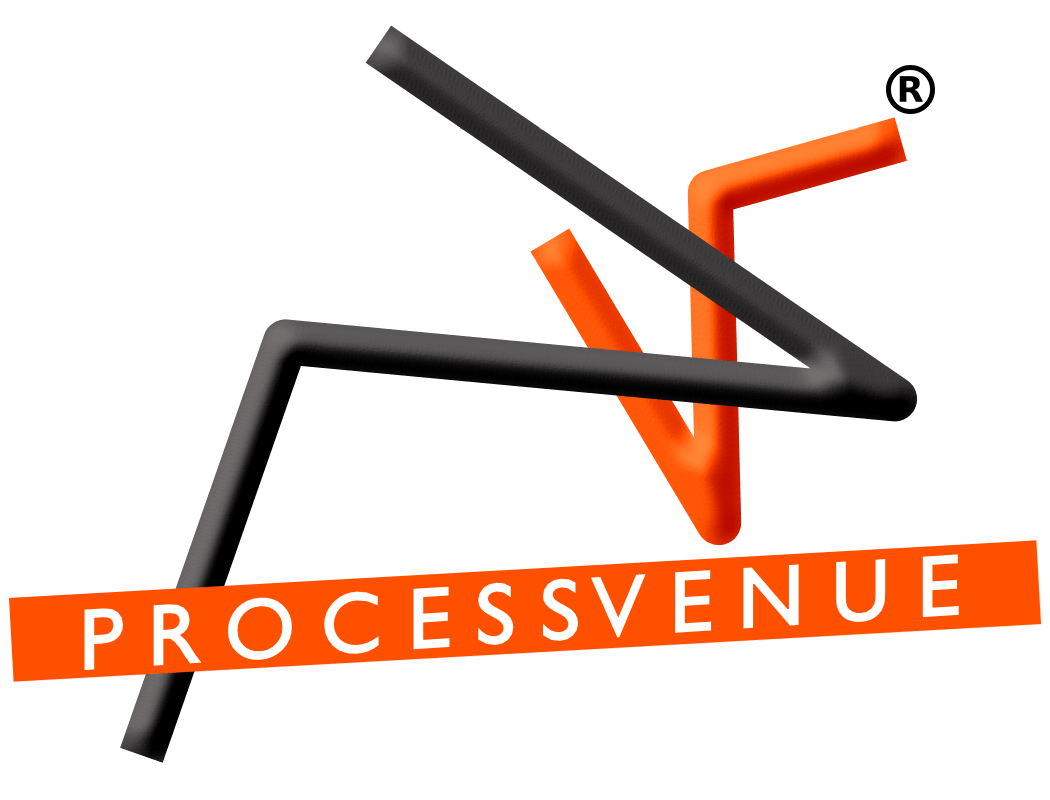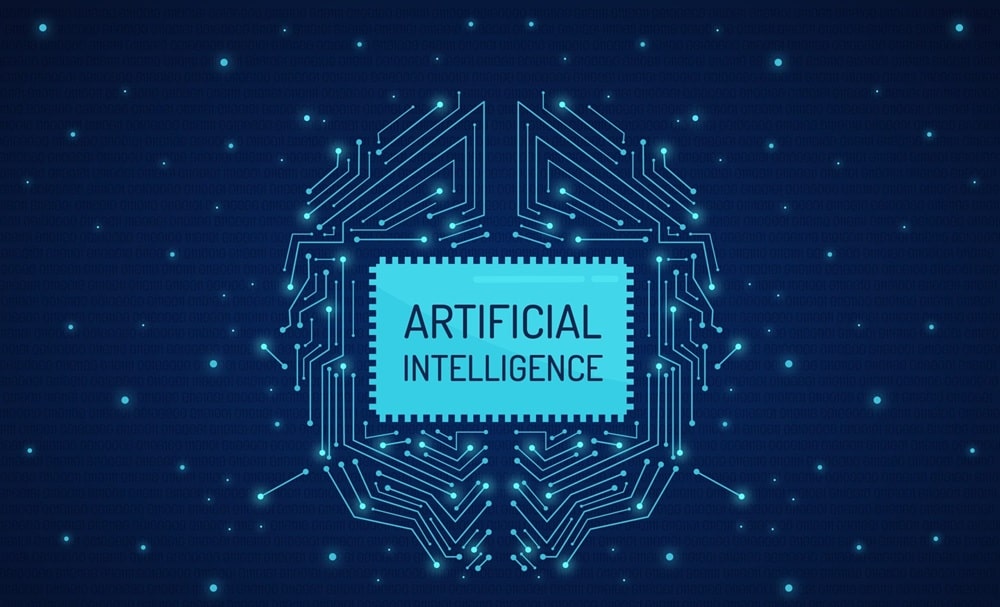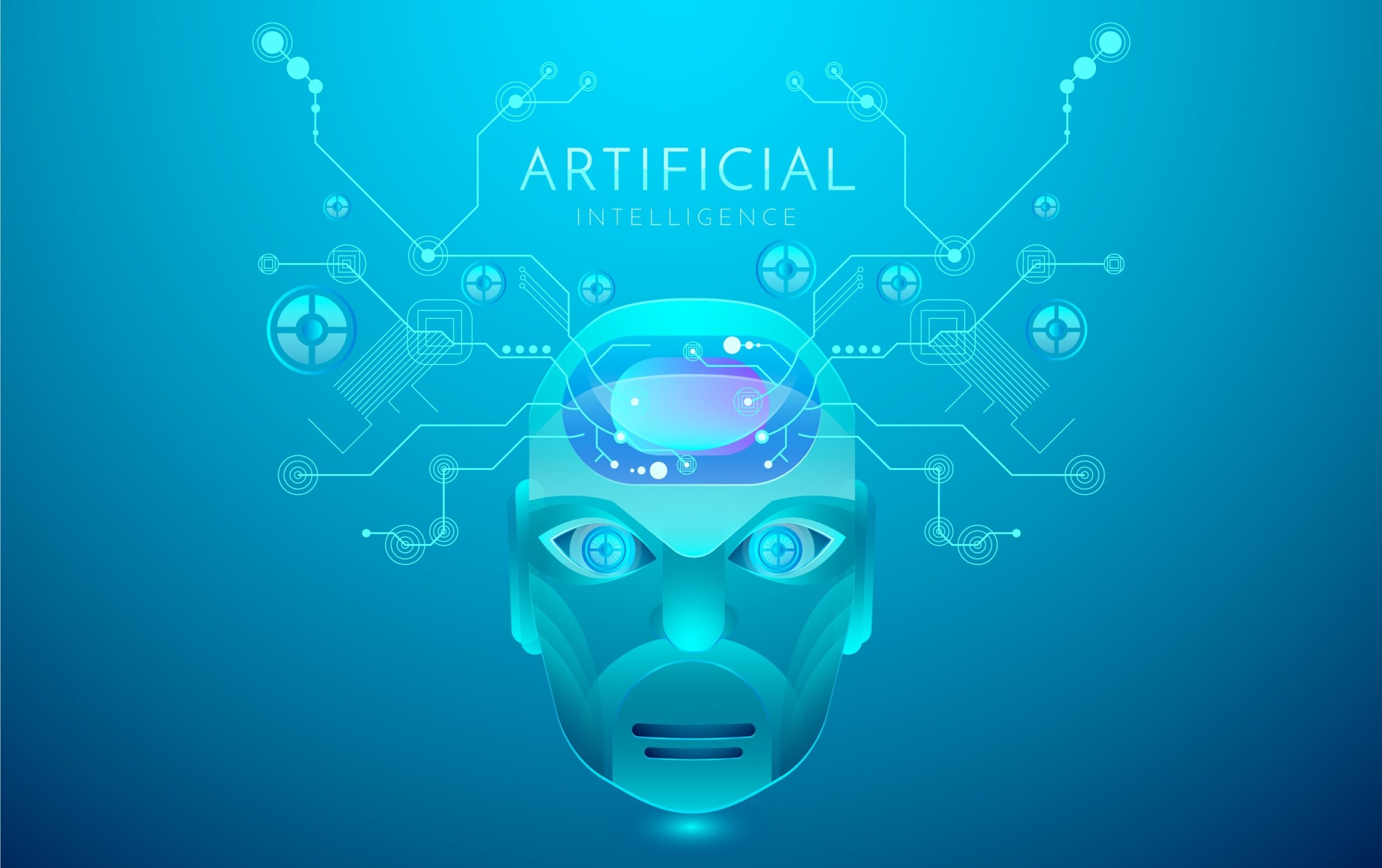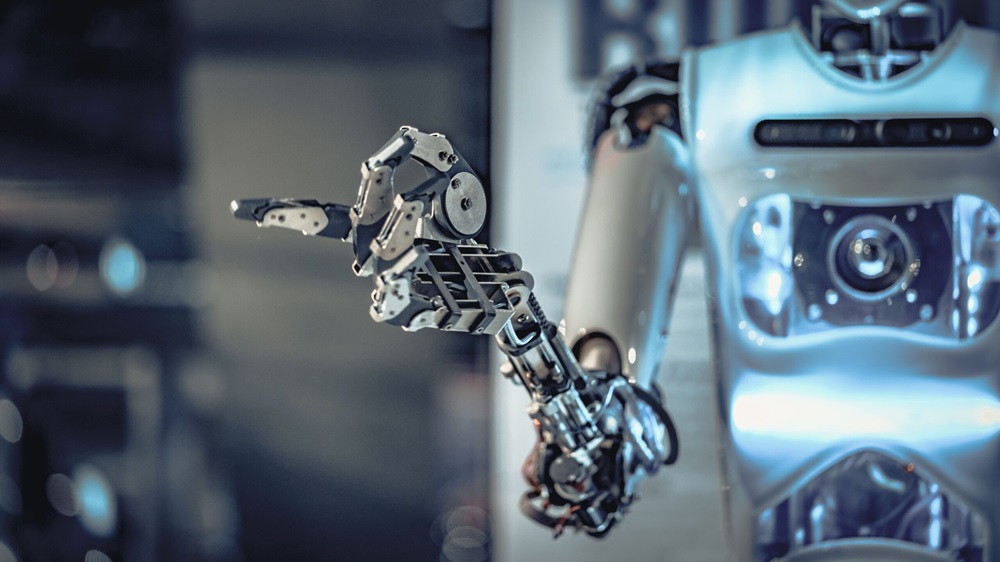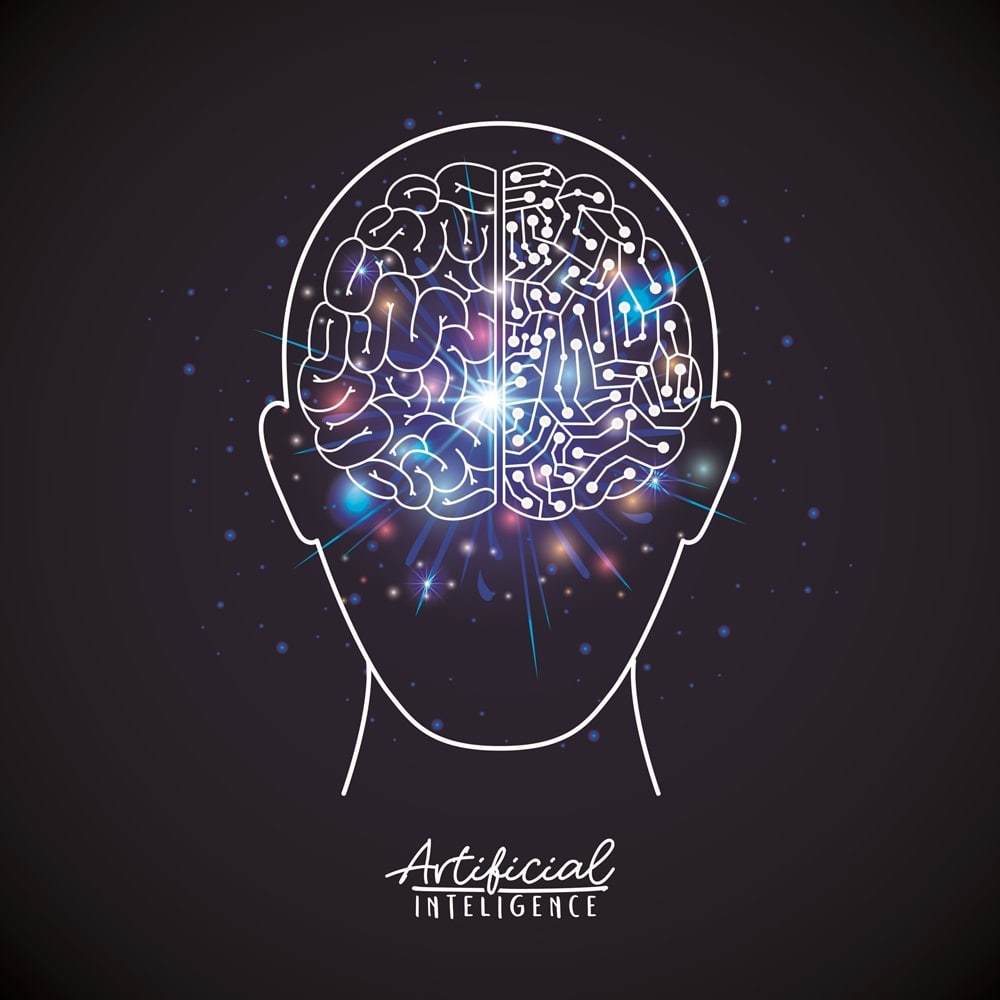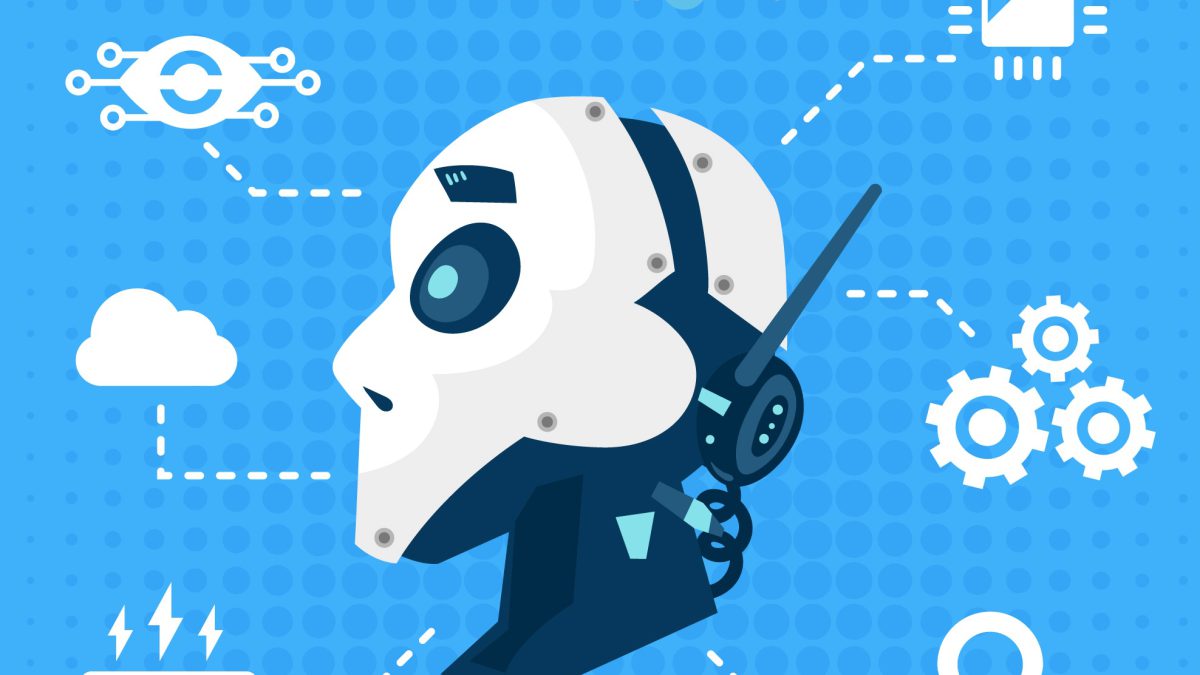
Balancing AI and Human Connection in a Tech-Driven Era
|
Getting your Trinity Audio player ready...
|
Fast forward 2020. Imagine you’ve run out of bread and eggs. This advice will be received by your assistant that is smart on the ice box communication through connection between devices using Internet (IoT sensors). Your assistant will place an order and on receiving this order, the store will probably oblige. The charge for your grocery is going to be paid through connected online pockets and you don’t need to step out from your residence.
Does this sound like the plot for a sci-fi movie scene? It’s most assuredly not. This is an example of a personal smart assistant making the lives of human owners easy by using the combined power of IoT and AI. In-fact this could be the realty of a few smart homes across the world even today.
This article will get you some answers concerning the best uses of AI and get an idea of how to make them work for yourself.
Artificial Intelligence (AI) and Internet of Things (IoT) and Machine Learning (ML)
So what do Artificial Intelligence (AI) and Internet of Things (IoT) mean? And is it the same as another commonly used buzzword Machine Learning (ML)?
While popular science fiction often portrays AI as robots with human-like characteristics, AI can actually be anything from Google’s search algorithms to IBM’s Watson to weapons of war. In simpler terms, Artificial Intelligence is the broader concept of machines being able to carry out tasks in a way that we would consider almost human. IoT is a technology through which devices can interact with each other and generate large amount of valuable data. Machine Learning is the current application of AI, based around the idea that we should really just feed data to machines and let them learn for themselves. ML aspires to teach electronic gadgets to act wisely without being modified.
How Does AI and ML Benefit Humans?
With the help of IoT, Machine Learning can help companies take the billions of data points they have and bring them down to what’s really meaningful. Companies are incorporating artificial intelligence—in particular, machine learning—into their IoT applications for gaining insights in data. From Siri to Alexa, AI and virtual assistants have already entered our homes and office spaces. AI is now encompassing every industry including applications for: financial risk assessment, medical diagnostics, cyber security, face recognition, retail analytics, data security, warehouse monitoring, social media analytics, AI bots, trend analytics, and personalized educational programs.
So what place do AI and machines have in our future? Google’s director of engineering and notable “future teller” Ray Kurzweil is of the opinion that the world is not headed for a machine takeover. Instead, he predicts it could become more like a co-existence, where machines reinforce human abilities. Kurzweil also predicts that a hybrid AI would become available by the 2030s. This hybrid AI, he explains, would allow human beings to tap directly into the cloud with just their brains, using what he calls a neocortex connection.
AI and ML Usage in The Present Day
But how exactly do these technologies enrich our lives in the present day? In any business, the human factor is often the difference between a one-time user and a lifelong customer. By using AI and ML, businesses can personalize their customer’s experience.
AI can make sure that the right products are picked and put in front of customer’s at the right time. It can also ensure that their company is appearing in web searches in order to reach the larger audience base of potential customers.
But AI can suffer due to the randomness in human behaviour. While AI can frequently pinpoint our preferences and make suggestions as a result, there are times when the user could be looking to buy a completely different product.
Further, in some cases, the ability to predict can be a liability when it comes to building a genuine emotional connection to consumers, which is at the very heart of serving them. The need to surprise or delight is another example, and this can help turn a routine shopping expedition into a deeper, more satisfying experience.
AI might provide suggestions based on your past shopping behaviour, but there is no match for human emotion in picking out an unexpectedly good bargain or pleasing fragrance of a perfume. Similarly, when it comes to creating a bond or connection with consumers, which is essential especially in luxury or lifestyle industry, technology can never replace human sensitivity. Because in spite of complex algorithms and data crunching, the decision to buy a product is often rooted in emotional need rather than necessity or rational choice.
To conclude, can technology replace the human touch or the human heart? The answer is a resounding no. The key is to use artificial intelligence to augment and enhance the human element, rather than replace it. While AI can customize and deepen the consumer experience, it is also equally essential to apply a human touch to that experience.
Here we must look to the Japanese philosophy of omotenashi, which tells about the subtle connection between respect, trust, and selflessness. In a world where technology is evolving at a rapid pace, and individuals can feel like they are being left behind, human connections will put us back at the centre of the equation.
For any business that loses sight of this, AI may be a threat rather than an opportunity.
